Featured Photo Above:
Addie Joos Benefit Game, July 24, 1911
(Color Restoration by Chris Whitehouse of They Played in Color website)
Baseball History Comes Alive Now Ranked As a Top Five Website by Feedspot Among All Baseball History Websites and Blogs!
(Check out Feedspot's list of the Top 35 Baseball History websites and blogs)

Guest Submissions from Our Readers Always Welcome! Click for details
Subscribe to Baseball History Comes Alive! for automatic updates (sign-up block found in right side-bar)
As a Free Bonus for subscribing, you’ll get instant access to my two Special Reports: Memorable World Series Moments and Gary’s Handy Dandy World Series Reference Guide!
1948 World Series Photo Gallery
Click on any image below to see photos in full size and to start Photo Gallery:
The 1948 World Series: “Spahn and Sain and Pray For Rain!”
With our dysfunctional 60-game regular season now over, the playoffs in full swing, and the World Series just ahead, I’ll use the next few posts to highlight some of my favorite World Series, especially some that aren’t as well remembered.
Today I’ll start off with the 1948 World Series between the Cleveland Indians and the Boston Braves, played from October 6-11, 1948. The Indians won in six games, even though their great Hall-of-Fame pitcher Bob Feller made two starts but failed to win either game. Larry Doby was the hitting star for the Indians, with a home run in Game Four that contributed to a 2-1 Indian victory. He hit .318 for the Series, adding a double and two RBIs.
In the featured photo above, we see one of my World Series favorites. This great photo is from the second inning of the sixth and final game, won by the Indians 4-3. That’s Braves’ first baseman Earl Torgeson (whose daughter Christine is one of our readers) “laying out” across the Indians’ dugout. He’s attempting to catch a foul ball hit by starting pitcher Bob Lemon, as Indian’s players in the dugout look on. A fan is also visible with out-stretched hands making a futile attempt to snare it. If you look closely, you’ll see an arrow pointing out where the ball is. The umpire is Bill Stewart.
The photo gives us a real “slice of Americana” during the 1940s. It’s interesting to see how fans dressed for games at that time. Quite a contrast with today’s casual attire. When was the last time you saw someone in a suit and tie at a ball game? Or guys smoking cigars in the stands? File this one under “days gone by.”
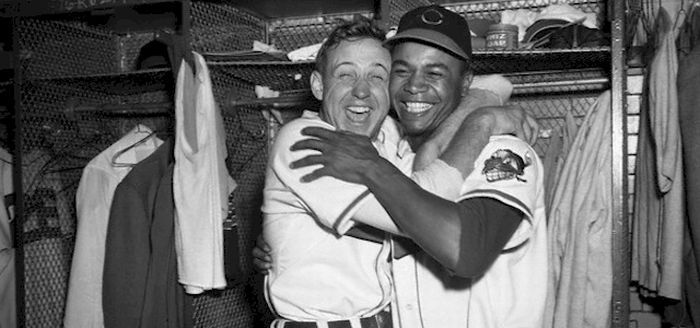
The Indians won the 1948 pennant going 97-58 (.626) under player-manager Lou Boudreau, making their first appearance in the Fall Classic since their victory in the 1920 World Series. The ’48 championship is their last to this date. The Indians and Red Sox finished the season in the first tie in American League history, but the Indians advanced to the World Series with a one-game playoff victory, preventing an all-Boston Fall Classic. Billy Southworth’s Braves posted a 91-62 (.595) record, winning the pennant for the first time since the “Miracle Braves” of 1914. It was the first World Series to be televised on a nationwide network and was announced by famed sportscasters Red Barber on TV and Mel Allen on the radio. This was the only World Series from 1947 to 1958 that did not feature a New York team; and the last until 1957 not won by a New York team.
While the Braves had a good-hitting ball club, much of their hopes rested on the arms of Johnny Sain and Warren Spahn. In fact, the baseball adage, “Spahn and Sain and pray for rain” became a part of baseball lore that year. It seemed to capture not only the Braves’ lack of starting pitching depth, but also the essence of their strength. Cleveland’s big winners in ’48 were rookie lefthander Gene Bearden, who started his career as an infielder, Bob Feller, and Bob Lemon.
Many felt that this Series would be decided on the mound, and that prediction proved to be true as the Indians won the Series despite hitting only .199, while their pitching staff posted a 2.72 ERA over 53 innings.
The 1948 World Series drew a total attendance of 358,362, with an average of 59,727 per game. Game Five at Cleveland Stadium saw a major league record crowd of 86, 288. Nine future Hall-of-Famers were in the dugouts for the Series: Lou Boudreau, Larry Doby, Bob Feller, Joe Gordon, Bob Lemon, Satchel Paige, Bill McKechnie, Billy Southworth, and Warren Spahn. Indians’ owner Bill Veeck is also in the Hall of Fame.
In addition to Bill Stewart, other umpires were George Barr, Bill Summers, Babe Pinelli, Bill Grieve, and Joe Paparella. The ceremonial First Pitch of the Series was thrown out by James Byrnes, who at the time was the Secretary of State.
In another indication of how times have changed, the winning players’ share was $6,772, while the losing share was $4,571.
Gary Livacari
Photo Credits: All from Google search
Information: Excerpts edited from 1948 Wikipedia page
Check out my latest book, recently nominated for the SABR 2020 Lawrence Ritter award: Reflections On the 1919 Black Sox: Time to Take Another Look now available on Amazon in e-book and paperback. All profits go to the Illinois Veterans Foundation
Vote In Our New Poll: How Do You Feel About New Rules Changes?
We are a participant in the Amazon Services LLC Associates Program, an affiliate advertising program designed to provide a means for us to earn fees by linking to Amazon.com and affiliated sites. Click here to view Amazon’s privacy policy
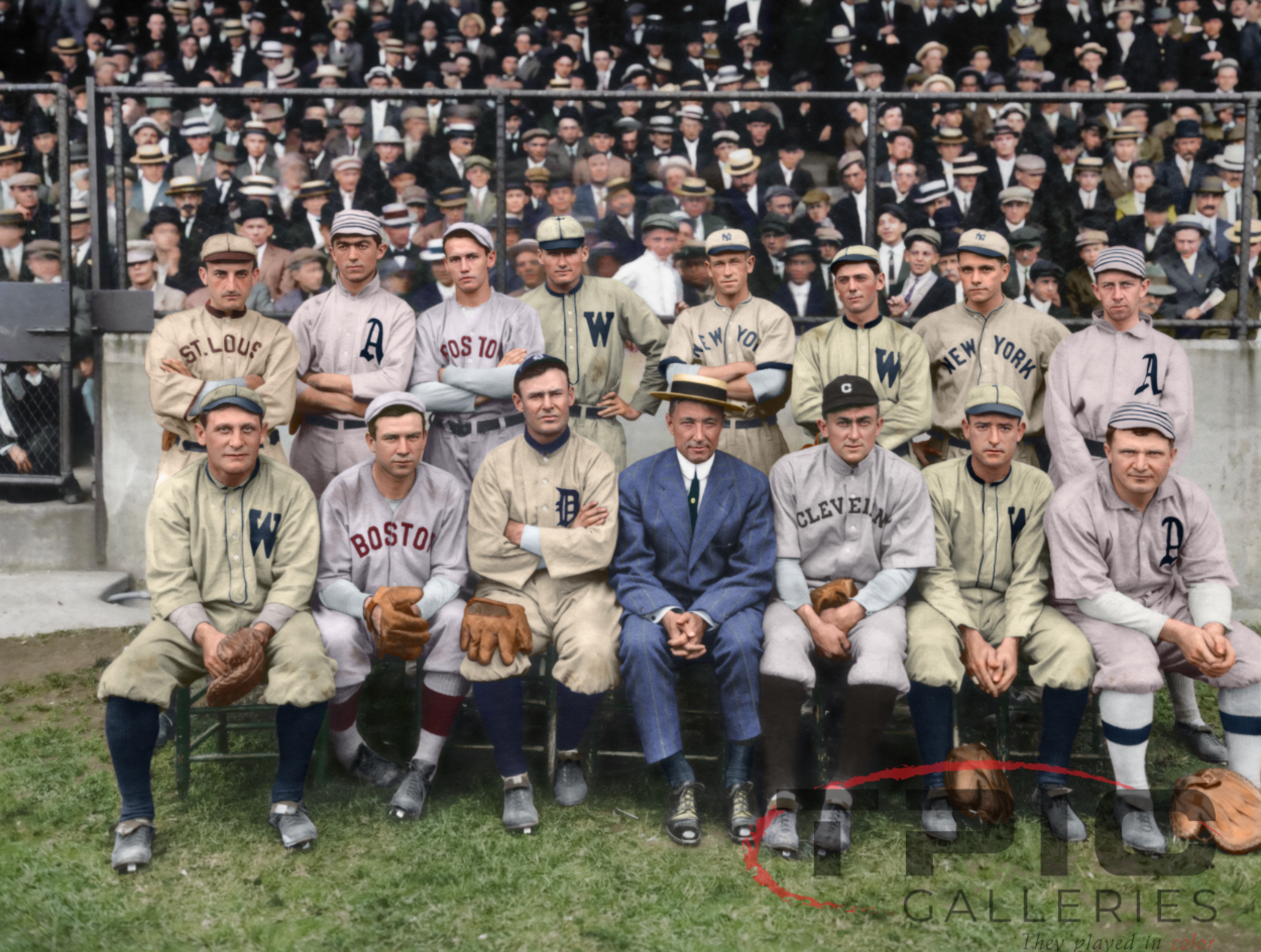
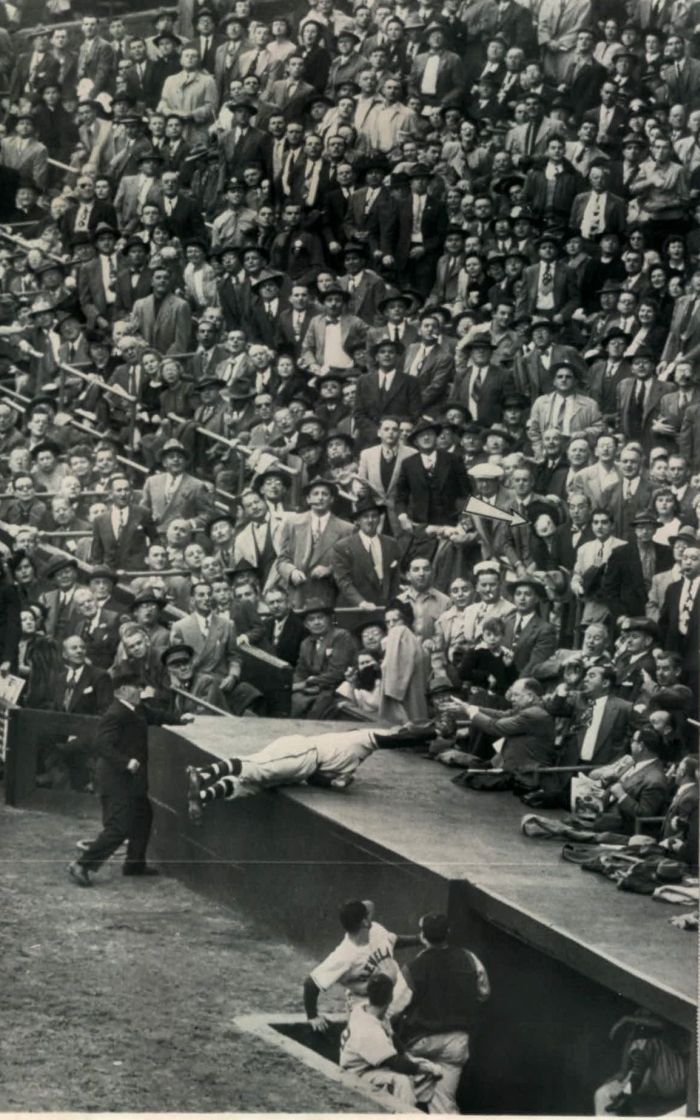
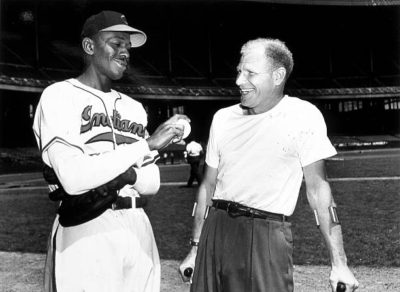
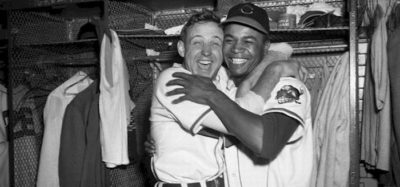
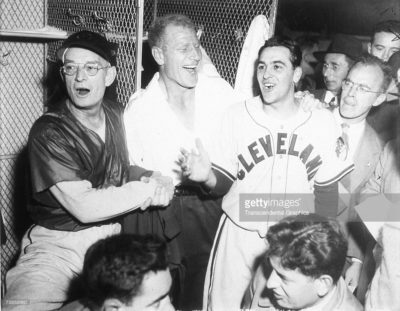
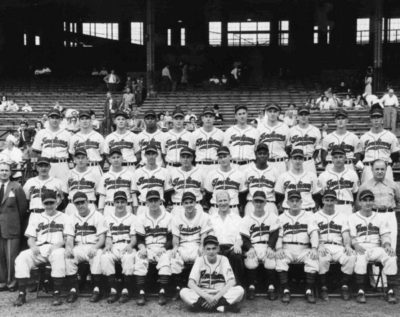
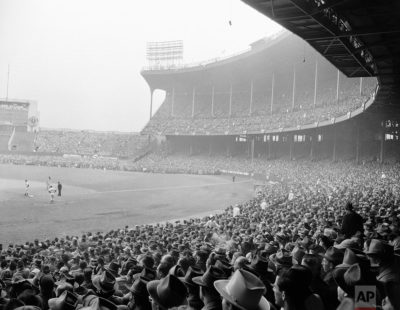
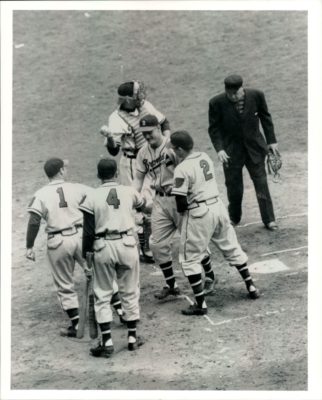
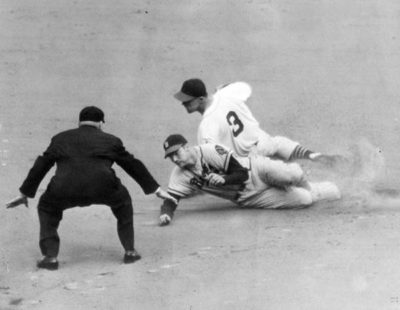
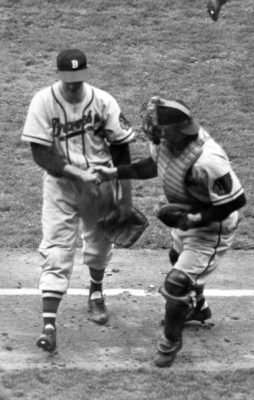
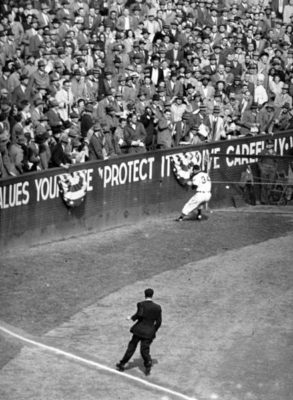
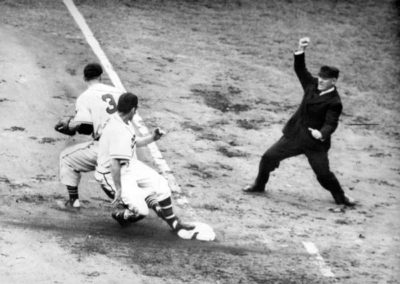
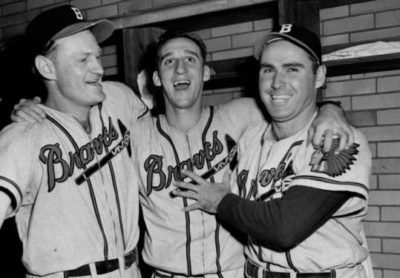
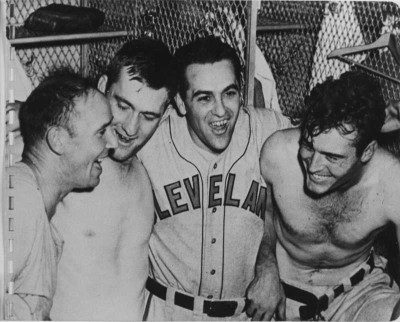
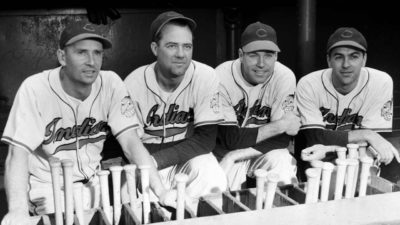
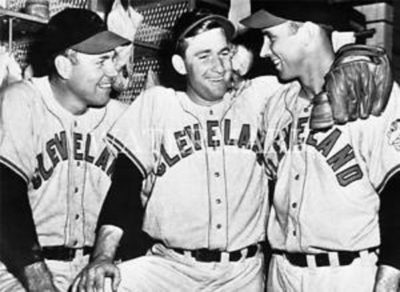
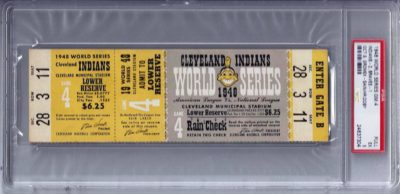
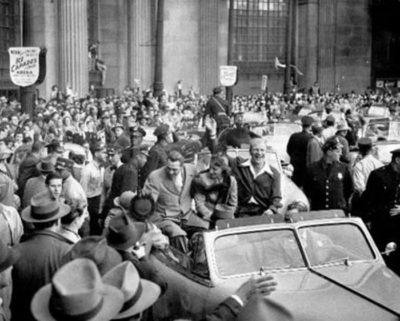
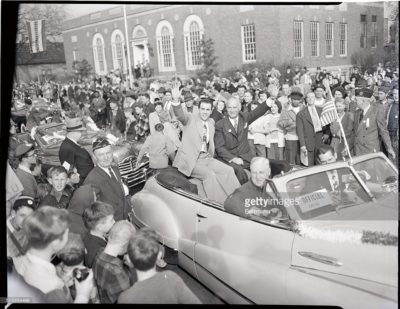
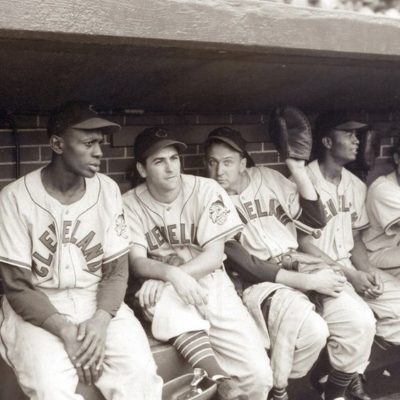
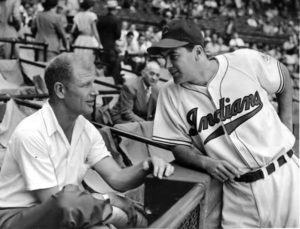
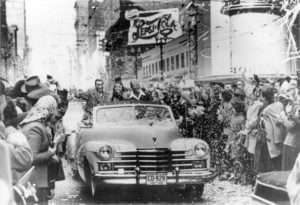
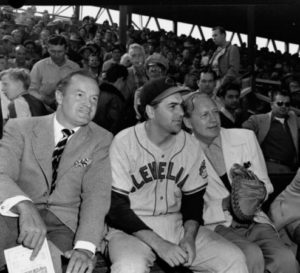
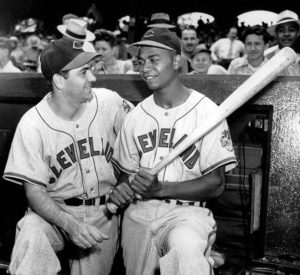
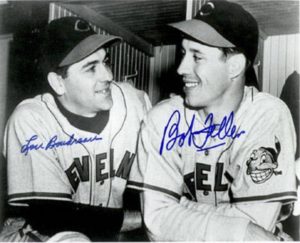
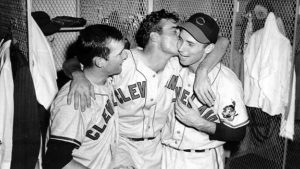
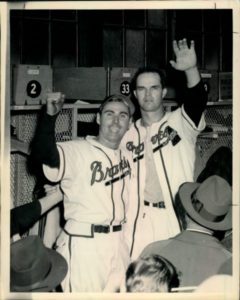
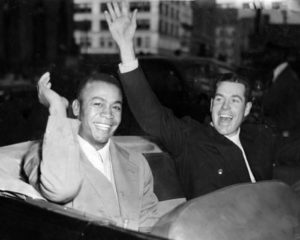
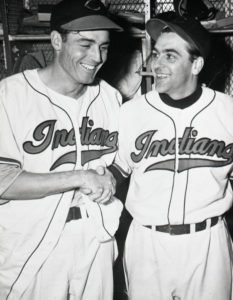
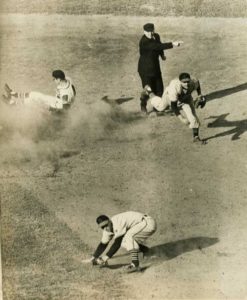
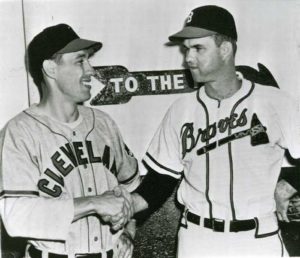
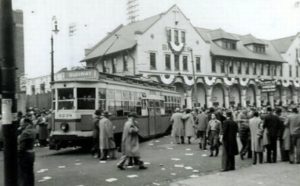
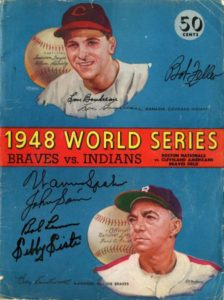
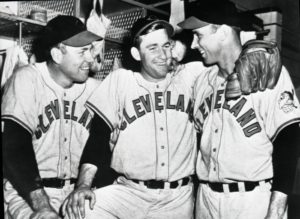

Bill Veeck was a forward-thinking owner, he didn’t care about what color, religion, or background. All he wanted to do is win, and entertain the people. The Cleveland Indians had two of the not only the greatest Negro League players, but greatest players of all-time. Two Hall-of Famers, Leroy “Satchel” Paige and Larry Doby. No other team at that time had any black players. So kudos to Bill Veeck.
I misspoke, the Brooklyn Dodgers called up Roy Campanella in 1948, so my last statement before giving kudos to Bill Veeck was wrong. I apologize for that statement.
My point was that Bill Veeck was ahead of his time.
Thanks…you’re right about Veeck!